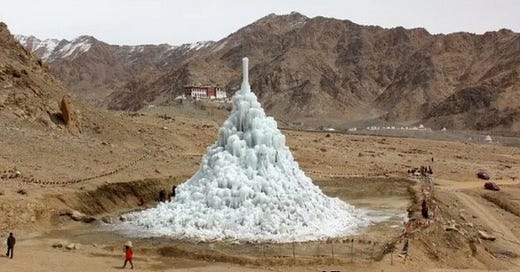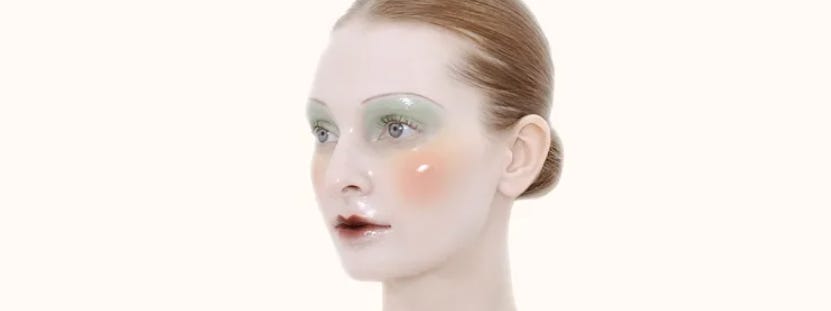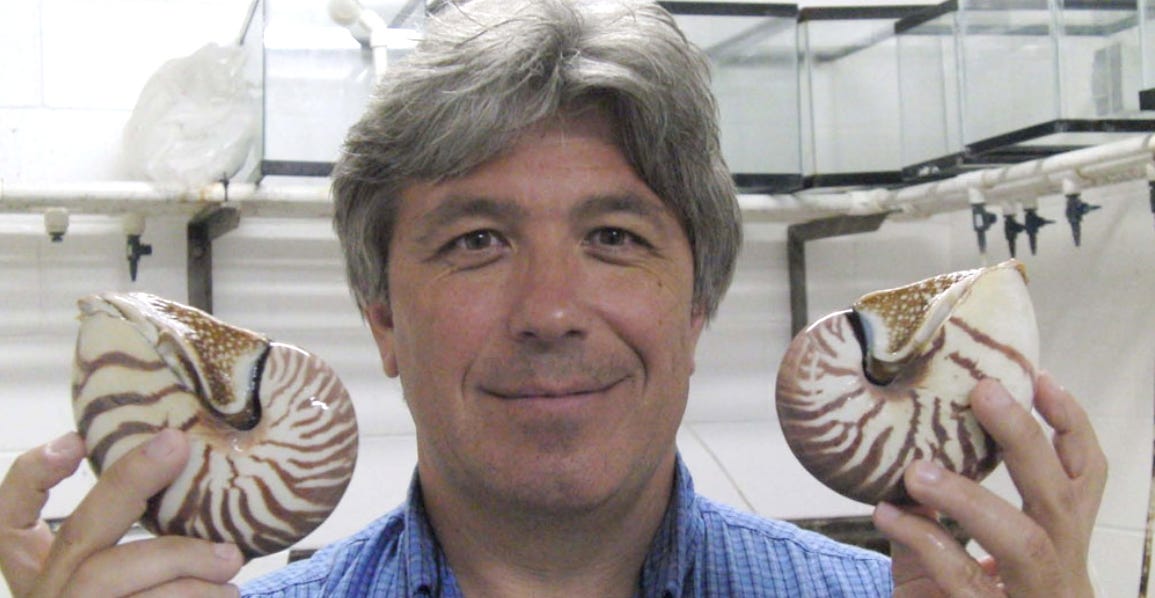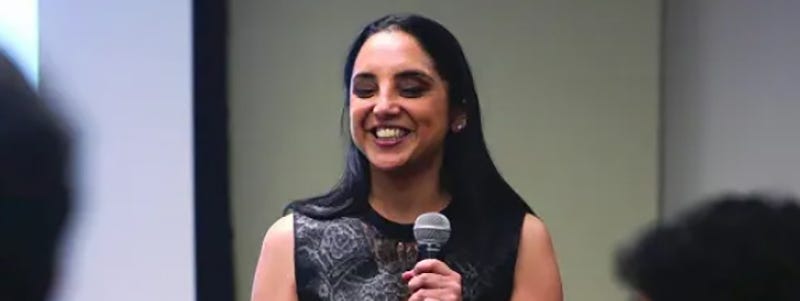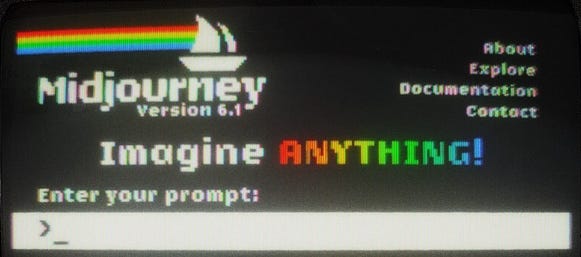Friendly whales, pretty cyborgs, and time-traveling logos
Doing your own thing can make a difference
You might be feeling powerless right now. Politics is taking a nasty turn. Climate change is having a deadly impact. Ceasefires take months to enact.
What can any individual do? One vote is just a drop in the election ocean. Quitting beef won’t affect meat industry emissions. Protest marches don’t stop wars.
If the definition of insanity is doing the same thing over and over and expecting different results, right now you could be forgiven for thinking that the sane thing to do is to give up trying to make the world a better place. Sometimes the tide of history just sweeps everything and everyone in its path. Can one person really make a difference?
Yes. Yes you can. And all it takes is a little curiosity.
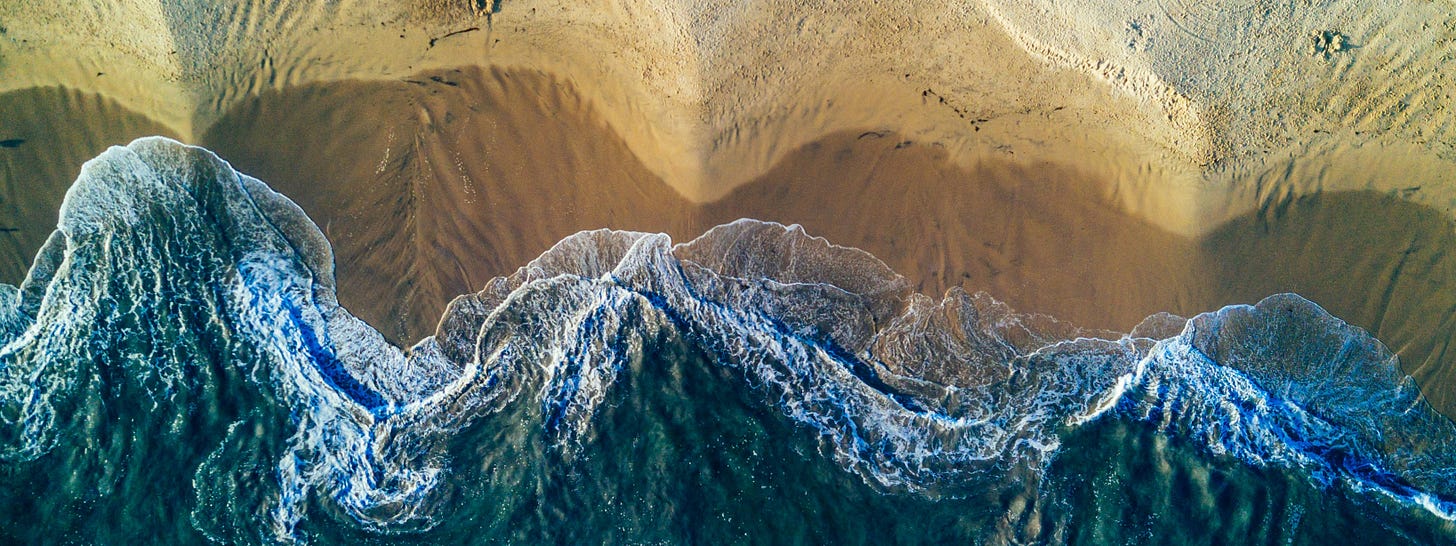
The ability to expand our minds and explore new horizons is built into our DNA. People often say that children are more imaginative than adults, but what they really are is little curiosity machines. Evolution has honed human infants to build up an understanding of how the world works by being supremely curious. The classic “why” questions that can be so annoying for tired parents are a prime example. “Why is the sky blue?” is one of the easier ones, and it’s not that easy!
This edition’s EAR candy section features an episode of the Hidden Brain podcast called How to Be More Creative. In short, it’s by being curious. Science advances, innovation happens, and artistic boundaries are pushed by asking questions, by wondering about how things could be different. Which brings me back to the issue of individual powerlessness.
Each of us has the capacity to be curious and thereby imagine a different future. And if we focus that curiosity on an area where we do have some power, who knows what the result might be?
Take Ladakh, a high-altitude desert in northern India where night-time temperatures can plummet to -30C in the winter. Earlier in the century, as climate change began to impact rainfall levels, irrigating crops was becoming increasingly difficult. Then in 2013 local engineer Sonam Wangchuk came up with an ingenious solution. He and his team laid underground pipes that harnessed gravity to transport Himalayan stream water toward the villages lower down the mountain range. At an appropriate location in each village, the pipe rises vertically out of the ground to form a nature-powered fountain. As soon as air temperatures drop below zero the water gurgling out of the vertical pipe freezes and gradually builds up to form a 30-metre-high ice cone that Wangchuk calls a stupa. Come springtime, these ice stupas start to melt, providing over seven million liters of fresh water to each village.
Wangchuk had imagined something outside the normal way of doing things that aligned with his own skill set, and then he made it happen. He isn’t fighting climate change, but he’s helping his community deal with it. Even if his achievement stops at the border of Ladakh, it’s impressive. But the cool thing about innovative ideas is that you don’t know where else they will be adopted and how much greater their impact can end up being.
Last week, commemorative events were held in Poland to mark the 80th anniversary of the liberation of the Auschwitz death camp. Survivors attended and shared harrowing stories of waving goodbye to parents after disembarking from a train, never to see them again. They know how lucky they were to emerge from that living nightmare.
In the face of a political system that creates an industrial system with the goal of systematically exterminating an entire ethnic group, you might wonder how any one person’s efforts could possibly do any good. Well, a 1993 movie was made to illustrate a perfect example.
Steven Spielberg's celebrated film Schindler’s List is the story of industrialist and Nazi party member Oskar Schindler who risked his livelihood and potentially his life by repeatedly bribing, flattering and deceiving Nazi party officials in an effort to prevent as many Jewish people as possible from being sent to the camps. He didn’t try to bring down the government or assassinate Hitler. But he used whatever power he had to influence events in his immediate orbit. And the descendants of all those he helped save are living today thanks to him.
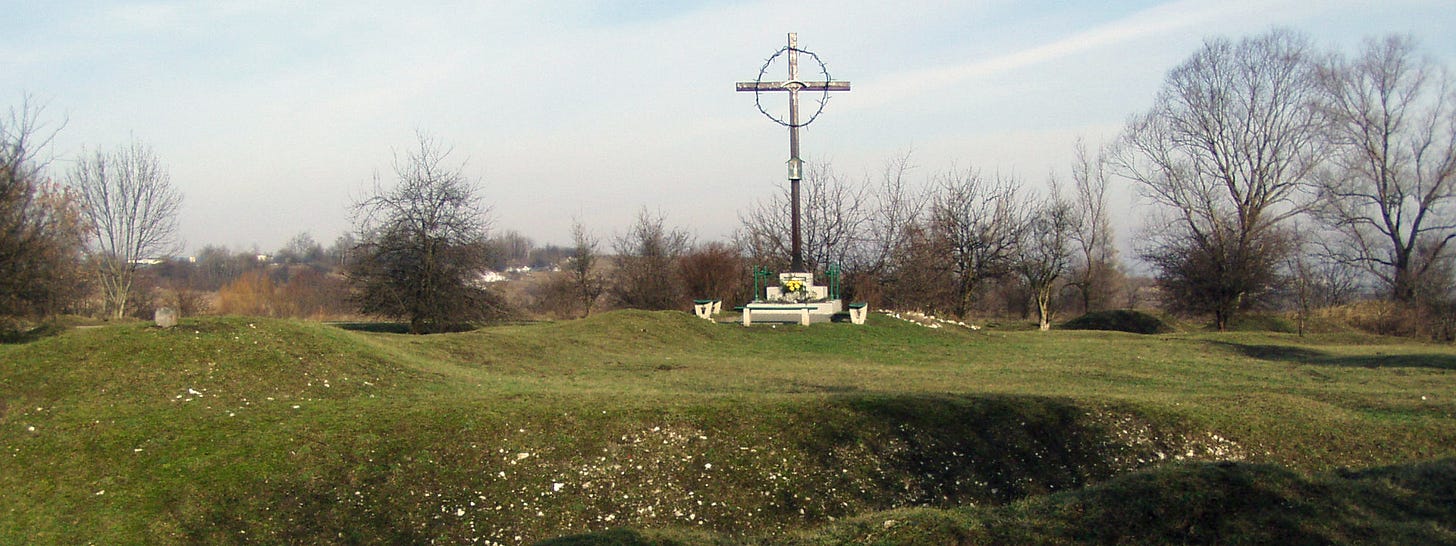
It’s easy to doomscroll or bedrot and give up. But don’t underestimate your capacity for change. Just focus on the scale where you can have an impact. Your family, your neighborhood, your wider community, your workplace, wherever it may be, can all benefit from your curiosity and creative thinking. All you have to do is do your own thing.
Success whale
Who can take down the third-most valuable company in 2024 with one flick of the tail?
A cute little whale!
DeepSeek (深度求索) with its friendly whale logo, made a splash by releasing its stunningly competitive AI tool earlier this week and causing Nvidia, supplier of AI chips to American companies, to experience the most extreme single-day stock price drop in history (17%, $600 billion).
Though it caused upheaval in the tech world and an investigation into whether the Chinese company violated the tech intelligence embargoes against them to access Nvidia chips, given that it was built suspiciously quickly with a fraction of OpenAI’s funds, the app’s cutesy, strategic branding makes it look approachable and non-threatening.
The animated whale mascot might signal a sea-change from the long-established tendency of tech logos to be sleek, impersonal, inhuman, and imposing. Ironically, Deepseek’s cetacean imagery echoes the kinder, gentler days of social media. In the early 2010s, Twitter would frequently crash due to servers being overwhelmed by requests, leaving users to sigh when the adorable “fail whale” popped up on their screens.
Oh, for times of yore, when the worst thing about social media was that we occasionally weren’t able to post our snarky comments for a few minutes! I’m under no illusions about the politically-motivated restrictions of Deepseek, but faced with the AInxiety of our cultural moment, a jolly whale feels like a breath of fresh sea air.
Cyborg couture
A haute couture look has made it off the runway and onto everyday fashionistas’ faces, freezing them into glossy porcelain. The china-doll-inspired Maison Margiela show last year took the internet by storm, inspiring makeup artists to layer vaseline, oil, and face treatments over their makeup to achieve the doll-like look. And, some might say, it also makes you look like an android or cyborg.
Pat McGrath, makeup artist for the Margiela show, has now released the official mask for achieving porcelain skin, Skin Fetish: Glass 001 Artistry Mask, for sale to the general public. The mask’s gel dries to a shiny layer that cracks if you speak or emote, making it great for the days you can’t be bothered to talk to anyone. It also nourishes the skin, and, because you can’t move, prevents wrinkles.
The mask’s inhuman esthetic reflects fashion’s current fascination with “cyborg couture.” When it first hit the scene in 1999, cyborg couture was brutalist, Matrix-inspired, and apocalyptic, steeped in Y2K fears (see: the Givenchy FW99 show). But, in recent years, inhuman esthetics have become a portal to surreal – some might say, nightmarish – worlds. Pat McGrath said it herself: “We envisioned porcelain dolls coming to life, merging ethereal beauty with a sense of wonder.”
As robots and AI become ubiquitous, will we be more inspired to cross over into their inhuman world, with more whimsy and color than ever before? Will people start doing The Robot again in clubs? How far will we go to match the robots’ freak, and how far will they go to match ours?
Easy-breezy
Most people hate online dating but resort to it as an easy way to meet people. Unfortunately, actually meeting someone in person can take hundreds of swipes and boring, dead-end text conversations.
Enter Breeze, the dating app that gives you only seven swipes a day and immediately schedules a date at a partner venue for any matches. To eliminate the pre-meeting time-sink as much as possible, matches aren’t allowed to text or call before the date.
It’s an intriguing concept that makes dating feel like it did back before apps. In other words, a) limited, with only a few potential matches, and b) immediate, with the in-person meeting happening right away. It saves the time wasted swiping and needlessly chatting for weeks only to find out your match smells like boiled peas when you finally meet in person.
Breeze is pretty successful so far, too: dates get a 4.5/5 rating on average, phone numbers are exchanged 75.4% of the time, and 5 babies have been made since the app first launched in 2020. The app isn’t available in Canada yet, but it is out in the Netherlands, Belgium, Germany, the UK, France, and the US. I see great success in its future because, even if the dates aren’t always successful, the app satisfies our nostalgia for real-world experiences. That’s unless you show up looking like you’re made of porcelain, I guess.
Leonid Moroz, neuroscientist
“The brain is one of the most complicated structures in the universe. Yet 70% of our knowledge about how the brain works is thanks to marine creatures. Without them, many of today’s medicines would simply not exist. Some groups of these marine species do not age, never develop cancers and they can fully regenerate when damaged.”
Professor Leonid Moroz is a neuroscientist at the University of Florida’s Whitney marine lab. His research on sea slugs and other sea mollusks not only provides clues to how our own brains developed, it demonstrates why protecting the oceans isn’t just a selfless act.
Real art more stimulating than posters
Visit the Mauritshuis Museum in The Hague, Netherlands, and you can see classic Dutch and Flemish masterworks such as Vermeer’s iconic Girl with a Pearl Earring. Last year, museum director Martine Gosselink wondered whether seeing a painting in person affects the brain differently from seeing the same picture as a reproduction, such as a poster. Using eye-tracking tech and MRI scans, independent researchers studied the brain activity of 20 volunteers looking at both genuine artworks and high-quality prints of the same paintings. The result? The volunteers had a response that was 10 times stronger when looking at the former.
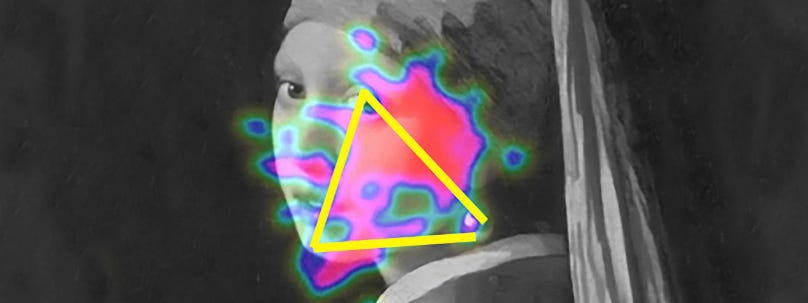
The museum’s website explains that real artworks evoke a strong positive response in the precuneus, a part of the brain involved with consciousness, self-reflection, and personal memories. A poster might look superficially the same but it just won’t get your mental juices flowing like the real thing.
The downside to encouraging visitors to come to see original art is that some works are just too popular for their own good. Last week, it was announced in France that, due to overcrowding in its current gallery, where the painting is almost impossible to see clearly through the throng of visitors and forest of smartphones, the Mona Lisa would be getting a room of its own with a separate entry ticket at the Louvre in Paris. That’s if Italy doesn’t get the world’s most famous painting back first!
How to be more creative
Social psychologist Sheena Iyengar was interviewed late last year by Hidden Brain host Shankar Vedantam on the alchemy of creative breakthroughs. Listen and learn how the brain performs badly when offered too many options, and what you can do to unleash the creativity that every one of us has inside. (HINT: curiosity plays a major role in creativity.)
Iyenagar’s book, Think Bigger, promises to upend the myth that big ideas are reserved for a select few. As I talk about in the intro to this edition of Discomfort Zone, we can all come up with creative ways to make the world (or our part of the world) a better place if we put our minds to it.
Time-traveling logos
Designer Kostya Petrenko has reimagined a series of contemporary logos as though they were made in the 80s, among them Netflix, Spotify, TikTok, eBay, and my fave, Midjourney.
Did you enjoy this issue of Discomfort Zone? You can comment directly in the Substack app or drop me a line by emailing me at john@johnbdutton.com.
And why not connect with me on LinkedIn if you haven’t already?
FOMO food research and writing by Silvia Todea, editing by John Dutton.
Legal disclaimers:
All images in this newsletter that are not the property of the author are used with permission or reproduced under the fair use provisions of the Canadian Copyright Act while giving appropriate credit.
The content published in this newsletter represents the private views and opinions of John B. Dutton and are not in any way connected to his role with the National Film Board of Canada.


